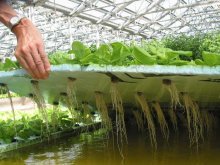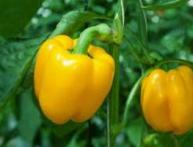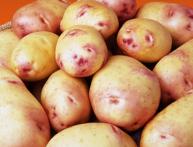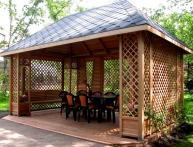What is hydroponics and why is it needed?
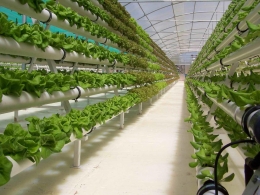
None of us have been surprised for a long time by the rich variety of vegetables and berries that greet us in supermarkets in the winter. Crispy lettuce leaves, basil, parsley can decorate our table at any time of the year.
Every year modern farms introduce new technologies for growing new types of plants.
Progressive plant growing methods necessarily use the latest hydroponic systems.
And this is not only a hobby at home, but also huge plantations in specialized farms, the effective work of which is based on scientific research and development in the field of hydroponics.
Content:
What is hydroponics
This method of growing plants has been known for a long time. Its first examples are associated with the Hanging Gardens of Babylon, floating gardens created by the Moorish Aztecs.
The peculiarity of this method of growing plants is the absence of soil. They receive all the necessary nutrients from nutrient aqueous solutions.
But this does not mean at all that the roots of the plant are simply in this solution. For the development of any plant, in addition to water, sun and air are needed in quantities required not only by the type of plant, but also by the phase of its growth.
Therefore, any hydroponic system must perform the following functions:
- New water supplies and minerals must be balanced and regularly supplied to the roots of the plant.
- Do not disturb the high level of gas exchange of roots during growth.
- In any unplanned situation in the form of a breakdown, the roots of the plant must receive nutrition and in no case dry out.
- Provide the required amount of light of the required spectral range through the use of powerful lamp sources in addition to natural solar radiation.
These requirements have been resolved in the development of special equipment used in hydroponic systems. In general, they are usually divided into two main groups: passive and active.
In the first case, the working solution reaches the roots due to capillary forces without forced mechanical action. In the second option, circulation of the nutrient medium is organized using special pumps.
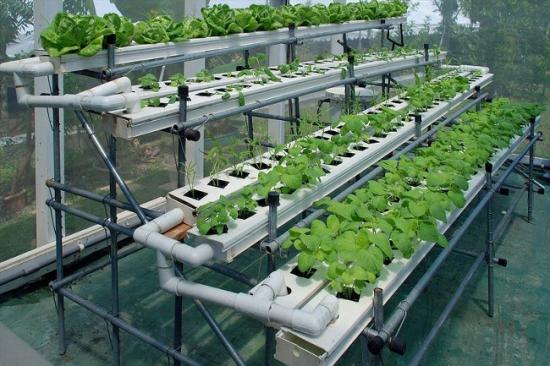
Any system must provide for root aeration. Without access to air, they quickly rot and the plant dies. An analogue of actions in natural growing conditions, this technique is similar to conventional loosening of the soil.
Almost any plant can be converted to the hydroponic method. The main thing is not to rush and let him gradually get used to the nutrient solution, which is the main element of hydroponic technology.
Modern hydroponic devices make it possible to create conditions for plant growth in which they receive balanced nutrition in the right quantity at any phase of their development.
Due to this, plants develop strong and healthy. They give a good harvest compared to analogues growing in ordinary soil.
Types of substrates for hydroponics
When grown using hydroponics, roots are in a moist, airy environment formed by a porous substrate made of a chemically neutral material.
It allows them to breathe and maintains the right amount of solution with minerals necessary for growth. Over the many years of development of hydroponic technologies, a large number of materials suitable for this purpose have been tested.
Starting from river sand, gravel, coconut shavings, perlite to stone wool, which is considered the most convenient substrate for industrial hydroponic plantations.
Rock wool is made from molten rock by creating glass-like fibers, which are formed into various shapes (blocks, cubes, mats, plugs). Elastic cotton wool fibers create conditions for optimal delivery of water and air to the roots of the plant.
In addition, this type of substrate is characterized by high biological resistance against fungi and various diseases, as well as the possibility of reuse after washing and disinfection, for example, with a UV lamp.
It is easy to purchase at a relatively low price. Stone wool is used for seed germination, long-term growth of any plants except root crops.
Among other types of hydroponic substrates, coconut shavings are an interesting one as an organic soilless material.
It is often called the ideal root substrate, protecting against fungi and diseases and at the same time self-renewing, unlike, for example, peat briquettes that quickly deplete.
For a long time, the main material was perlite, made from porous glass granules. This lightweight material retains oxygen well. Its disadvantages include the high speed of rinsing with water.

One of the latest developments in the field of substrates is the creation of a special Perfect Starts sponge from biodegradable polymer and organic waste thanks to the introduction of modern nanotechnology.
It does not collapse in transfer time plants, which protects the root system well.
The role of solutions in hydroponics
You can prepare the nutrient mixture for the solution yourself, but in case of large volumes of plants grown, it is better to buy a ready-made solution. There are many interesting offers for these products on the sales market.
It is always accompanied by detailed instructions not only on methods of use, but also contains information on the quantitative content of all microelements included in its composition.
Depending on the type of plant being grown, you can select the most appropriate fertilizer option for solutions. In addition, there is a guarantee of creating a pH level of about 5.6, which is optimal for most plants.
The ability of a plant to absorb nutrition from a solution depends on this indicator. Just like the concentration of useful elements in the solution, it changes as it passes through the root system.
Therefore, the solution must be changed every two weeks and the proposed instruments and methods must be used to evaluate them.
A high pH level will not allow the plant to fully receive the dose of manganese, boron, zinc, copper, and phosphorus. A low acidity value is bad for the absorption of calcium, magnesium, sulfur, and potassium.
When choosing fertilizers For hydroponic plants, it is necessary to take into account the degree of lighting operating in the system.
In modern hydroponic equipment, a large number of different models of radiation sources are used for this purpose, for example, Sylvania Gro-Lux phytospectrum lamps.
Single-component, all-purpose fertilizers are recommended for use in moderate to low light conditions.
Two-component powder or liquid fertilizer options provide maximum effect if there is high-intensity lighting.
This is explained by the physical processes occurring in plants under the influence of different spectral ranges present in the selected lamp model.
Nutritious nutrition for millions of people on the planet is currently provided by the use of hydroponic systems both on private farms and on state agricultural plantations.
High-quality products have become available not only in our diet, but also during long-term space flights. Well, lovers of house plants can master its basics on their own.
At the same time, it will be possible to experience the benefits of hydroponics in the form of crop stability, ease of labor, and the possibility of automation in agricultural technology. At the same time it will always be clean and beautiful.
Video on how to make hydroponics with your own hands:
Interesting information about the vegetable garden


